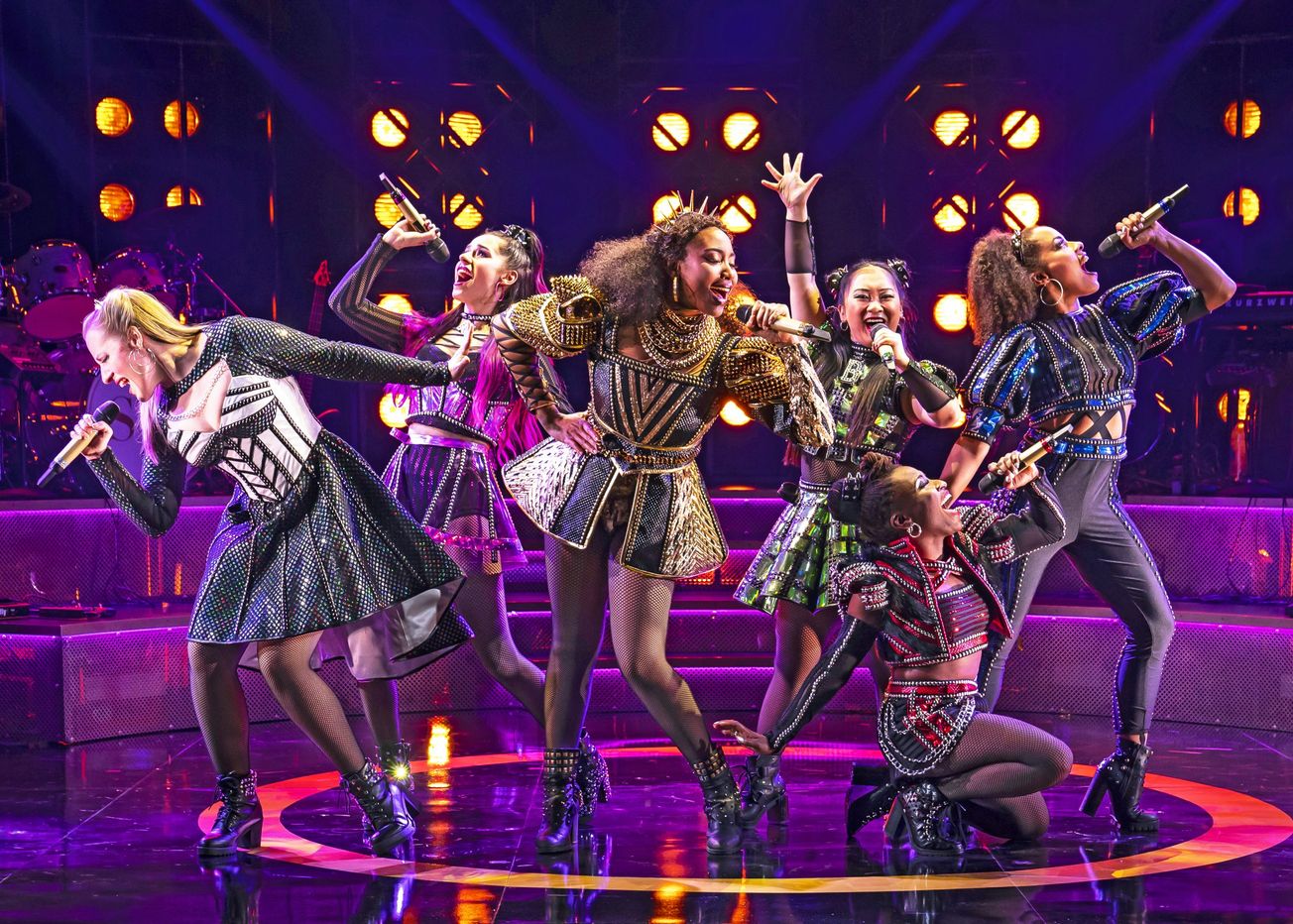Broadway’s costume shops have banded together in a fight for their survival.
A group of more than 40 small business owners, whose costuming businesses create pieces for theater, television, film and more, have created the Costume Industry Coalition to lobby legislators for rent abatement and to try to gain input into the reopening of the theatrical industry. As Broadway and other entertainment sectors remain closed, business has dried up, putting the financial health of these shops into jeopardy.
“No one has anything new coming in right now,” said Brian Blythe, business manager of John Kristiansen New York, a full-service costume shop which recently worked on “Six” and “The Band’s Visit.”
Costume shops are particularly hard hit as most business is generated by the arrival of new shows, all of which are on hold as the shutdown of Broadway and other entertainment industries continues. Even the construction of replacement or understudy costumes remain paused, shop owners say, as the timeline for return remains uncertain.
At the same time, costume shop owners are contending with rent payments as well health insurance and salaries for their own staff.
With no new business in sight, many of the shops have had to lay off their employees. At John Kristiansen New York, more than 50 workers remain laid off, after a brief return to employment thanks to a Paycheck Protection Program loan.
At Parsons-Meares, which creates costumes for shows including “Hamilton,” “Aladdin” and “Phantom of the Opera,” a portion of the 58 employees are being paid from a PPP loan, while the rest are collecting unemployment benefits. However, owner Sally Ann Parsons is concerned that the loan will not see the shop, which opened in 1980, through the entirety of the shutdown.
“I think we’re going to be closed longer than the PPP loan lasts,” Parsons said.
In an informal poll taken by the coalition, some shops may be able to last at the current rate until the end of 2020, while others will start to “hemorrhage” money beginning July 1, according to Blythe.
To address this, the coalition plans to lobby state and local legislators for rent relief, as well as mortgage and tax relief for their landlords — a tactic also being employed by New York’s independent theaters.
“We’ve suddenly found ourselves in kind of a political activism role, which is going to be essential for our survival,” said John Kristiansen, owner of the eponymous shop.
As nonessential manufacturers, the shops are currently allowed to reopen under Phase One of New York’s reopening plan, but the lack of business is keeping most closed for now. One shop, Wing & Weft Gloves, has pivoted to work on matching mask and glove sets during the pandemic.
Costume shops are in a unique position within the industry, since the owners do not have their own union. The employees, but not the owners, may be unionized as part of United Scenic Artists Local 829, which includes costume designers, or Theatrical Wardrobe Union Local 764, part of IATSE.
The coalition is now working to get in contact with the theatrical unions to ensure they’re kept abreast of any developments around reopening the industry, including health and safety measures. As Kristiansen notes, costume shops are in close contact with actors, since fittings are often conducted in the shop and around rehearsal schedules. The health aspect is of particular importance to Kristiansen, as he still experiences residual effects from contracting COVID-19 in March.
Shop owners also look to the unions as they question whether additional costumes or accessories will need to be made if further restrictions are placed on the sharing of items between actors.
In addition to the financial state of their own shops, Kristiansen and Parsons are concerned the extended closure may push some of their employees out of the industry. The highly seasonal nature of the work already puts financial strain on workers, and they fear some may not want to come back or may be unable to wait for the job to return.
“My biggest concern really is getting enough work to employ people,” Parsons said.
Moving forward, Kristiansen and the group will be trying to raise greater awareness for New York’s costume shops and their impact on the surrounding economy, which includes buying material locally and employing workers.
“We’re trying to make sure that everyone understands that the costume shops are a part of the larger industry,” Kristiansen said. “We pump the economy with quite a bit of money, so we want to make sure that we all survive.”


























































